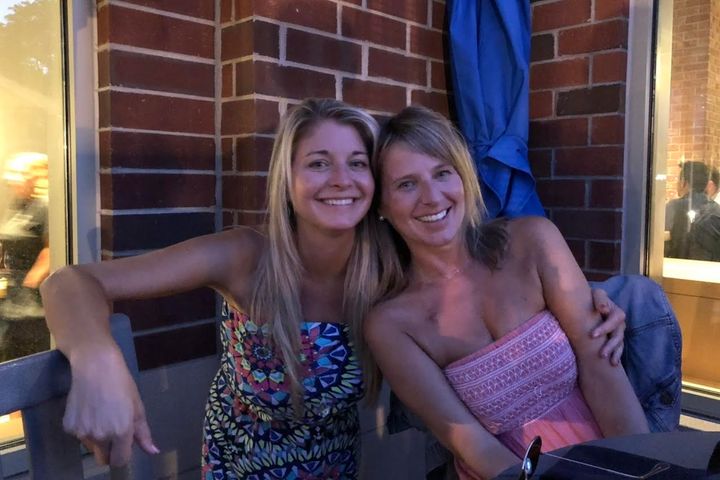
There is perhaps only one circumstance in which it is acceptable to suggest to a loved one what I was about to suggest to my sister, and I unfortunately found myself in that agonising position as I settled into the chair beside her bed.
“It’s Rare Disease Day today,” I told her, trying to sound nonchalant.
My sister Kim opened her eyes and shot me a sideways glance. Of the many things we unequivocally agreed upon, one was that I am a terrible actor.
Despite that, I continued to try to sound casual.
“I just didn’t know if you realised it was a leap year — that today is Feb. 29,” I said.
I knew she had no clue, though. She was too doped up on opiates to be cognisant of things like the date.
I tried a new approach.
“Isn’t it interesting that it will be four years from now before your boys have to wake up on a day … that is … Feb. 29?”
I knew the barely hidden agenda behind my questions was starting to sound ridiculous, so I was relieved to see this last remark had finally gotten Kim’s attention.
She squinted her eyes open and studied my face. I looked back at her, trying to force an expression that made it seem like I merely found these to be fascinating facts about this extra day in February.
But she knew the real reason I was pointing out that it would be four years before there would be another leap day.
“Are you suggesting I should try to die today?” she asked with genuine nonchalance.
“No!” I feigned being offended, even though we both knew it was exactly what I was doing.
I paused briefly and then quietly added, “But ... it would be a pretty poignant end to your story.”
Earlier that day, when Kathleen, my other sister, told me Feb. 29 is Rare Disease Day, we had both agreed that it would be a fitting day for Kim to die.
It wasn’t that we wanted our sister to die. Far from it. But her death wasn’t a question of if, but when. We were, after all, having this conversation in a hospice centre.
Kim was nearing the end of her battle against a combination of appendix and stomach cancers that only 1 in 10 million people are unlucky enough to get. She also had a Krukenberg tumour on her ovary, a cancer with a prognosis as scary as its name: the average survival rate is between three and 10 months.
But Kim wasn’t average. So a month after being diagnosed at age 41, she underwent a surgery called HIPEC, which is so extreme that it has earned the nickname “the mother of all surgeries.” Doctors opened Kim’s abdominal cavity, removed all the organs she could live without, then spent hours running heated chemotherapy fluids throughout her body.
Unwaveringly strong despite the intensity of this procedure, Kim was determined to be alive and healthy enough to walk the eldest of her two sons to kindergarten one month later.
She walked him to kindergarten.
A year later, she walked her other son to kindergarten. And, despite all the odds against her, she was able to see both her boys off to junior high.
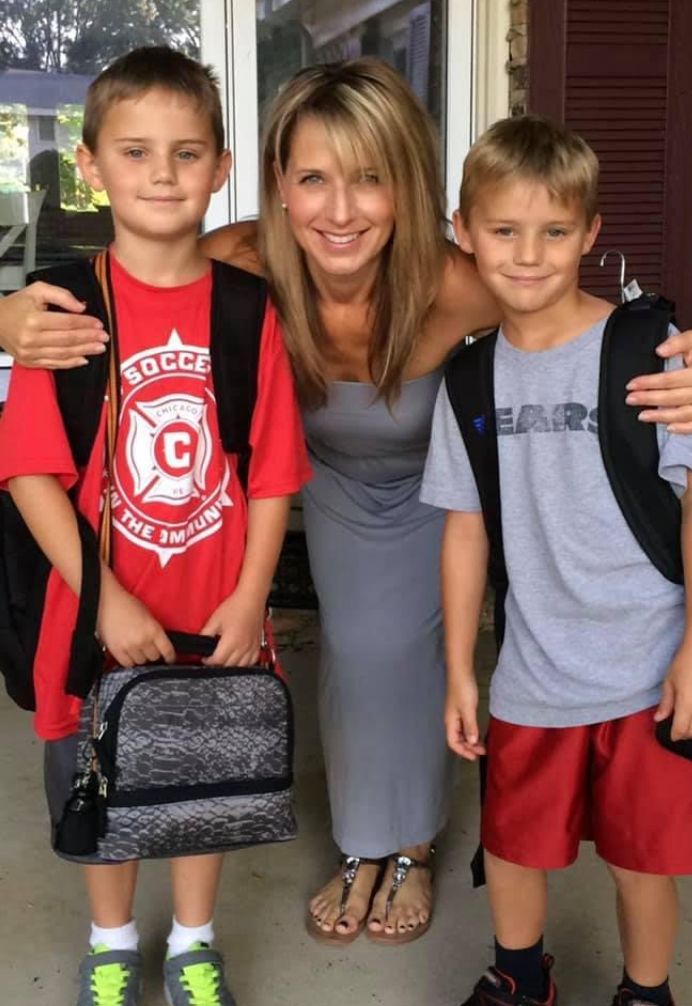
These momentous achievements didn’t come without obstacles, though. Six years into the remission the surgery provided her, the cancer came roaring back.
Kim and her husband left their boys with me and travelled to Texas to meet with doctors at one of the top cancer hospitals in the world. They were supposed to be there for an entire week, but they were back the next morning. Just minutes into her first appointment, she was told to go home. There wasn’t any research being done on her type of incredibly rare cancer since it would only benefit a handful of people.
I believe that moment was one of the turning points in her health. Hope is a powerful thing ... and so is stealing it from someone.
With no treatments available for her specific condition, Kim’s doctors selected a few options from existing chemotherapies — all created for and used on other types of cancer — to administer to Kim. They hoped one of them would miraculously stop the growth of the tumours that were now inside of her bones.
They didn’t work. All they did was make her grow weaker.
The sound of the morphine pump set to deliver a dose of the opioid to Kim every 15 minutes brought my attention back to the room. Given the steady stream of painkillers she was receiving and her own increasing mental cloudiness, I was amazed my sister had been able to figure out what I was alluding to by mentioning that it was Feb. 29.
The day before, Kim had inexplicably gotten out of bed and started to pack her suitcase, stating that her pain was gone, so now she could go home. Explaining to her that she couldn’t leave — and why she couldn’t — was the hardest conversation I’ve ever had in my entire life. I’ll never forget the look on her face the moment she remembered why we were there.
“Oh right, I’m here to die,” she said quietly and stopped packing.
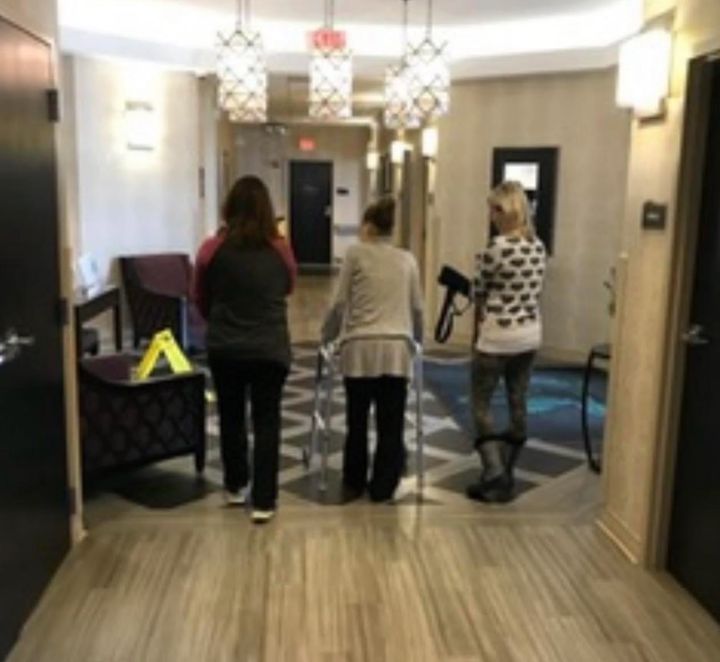
A laboured cough from Kim got my attention. I took one of the tiny sponges-on-a-stick out of the cup of water on the bedside table and dampened her lips. They were starting to crack despite my — and Kathleen’s and Kim’s husband’s and my parents’ — efforts to delay the inevitable discomforts that accompany the onset of death.
She rubbed her lips back and forth over the thin layer of ice water I had applied. Then she closed her eyes and took a long but shallow breath.
I leaned back in my chair. Kim’s moments of awareness were growing increasingly short and infrequent, and I didn’t know when she would be awake again. I felt both defeated and ashamed for even suggesting what I had suggested.
I was also frustrated that we were still there. Kim’s doctors had told us that once she made the decision to stop getting blood transfusions, it would only be two or three days before she passed.
Not only did the chemotherapies chosen by Kim’s doctors fail to stop the cancer from growing, one of them had triggered her body to relentlessly attack its own blood cells.
Her medical team attempted numerous procedures to reverse this — including hooking her up to a machine that looked and sounded like a prop from a 1940s movie set in a mad scientist’s lab that removed and replaced all the blood in her body — but nothing worked, and eventually Kim needed daily blood transfusions to stay alive.
It was at this point that my family learned that one-fourth of the blood supply in the United States is used by patients battling cancer. Cancer patients rely on these blood donations to stay strong enough to continue their treatments. I remember finding it odd that this fact wasn’t common knowledge.
Somewhere around Kim’s 40th blood transfusion, she told the doctors, “Don’t worry, we’ll pay you back.” They thought she was joking, but she wasn’t.
We planned a blood drive. Kim was looking forward to being there and making good on her promise to her doctors.
But while the daily blood transfusions were keeping Kim alive, they weren’t eliminating her exhaustion or easing her pain. And her body had reached a point where it couldn’t tolerate any more attempts at treatment.
So, Kim made the devastating, but understandable, decision to discontinue them.
All that was left to do was to make Kim as comfortable and pain-free as possible as she entered hospice.
Disappointed that she was no longer going to be able to attend the blood drive, Kim requested that we ask people to attend the event and donate blood instead of us holding a wake or funeral for her.
A week before the event, over 300 people had already signed up to donate blood. My family and I were juggling taking care of Kim with doing newspaper and TV interviews about the drive. Kim had officially started a movement.
We named it A Pint For Kim. My humble sister immediately objected and demanded her name be removed. We vetoed her request.
While refusing someone’s dying wish might not seem like a nice thing to do, we all knew the only reason hundreds of people were signing up was because of Kim — because of how she treated people and approached life.
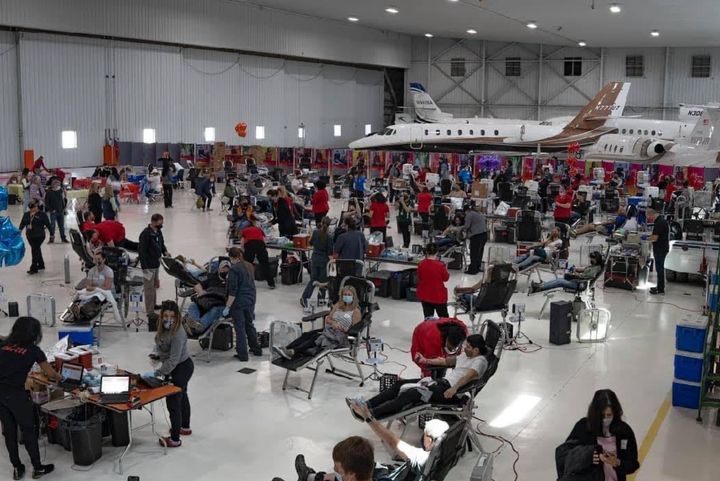
During her eight-year battle, none of us had ever heard Kim complain, express anger, or even ask, “Why me?” Not once.
After Kim passed, the first thing I found when cleaning out her nightstand was a journal. Written on the first page in her handwriting were two sentences: We are not here for ourselves. We are here to love and serve others.
Kim’s inability to ever feel mad about her situation amazed me, especially because I found myself feeling furious so often at the end of Kim’s life. The two or three days the doctors told us it would take for her to die had come and gone, and Kim was still taking strolls around the hospice centre with her walker, asking us to pick up her favourite fast food, and, at one point, suggesting that I flirt with a group of former college baseball players who were there to visit their teammate in the room next to ours.
Kim did not seem like someone who was about to die. The whole situation seemed like a cruel and heart-wrenching prank that was becoming increasingly impossible to bear.
Looking for answers, we asked a doctor at the hospice centre why it was taking so long. He explained to us that aside from the handful of tumours in her bones and the irreversible attack on her own blood cells, she was an otherwise healthy 49-year-old woman. The rest of her was strong. Strong mind. Strong lungs. A strong — and deeply loving — heart.
He apologised for the misinformation we had initially been given. In retrospect, I’m not sure if knowing that it would take much longer than we had expected would have made the whole process easier or harder.
What I do know is that watching the person you are closer to than anyone else in the world unhurriedly die over a period of close to two weeks is indescribably and devastatingly heartbreaking. So, perhaps some part of me wanted Kim to die that Feb. 29 because I couldn’t take any more of the excruciating pain of witnessing her slowly leave us.
I looked over at Kim. She was wearing a shirt that said NOPE, and I smiled at how strong-willed she was even as the end approached.
She took another long inhale. This time, instead of exhaling, she spoke.
“OK.”
“OK what?” I asked.
“OK,” she said, her eyes still closed. “I’ll try to die today.”
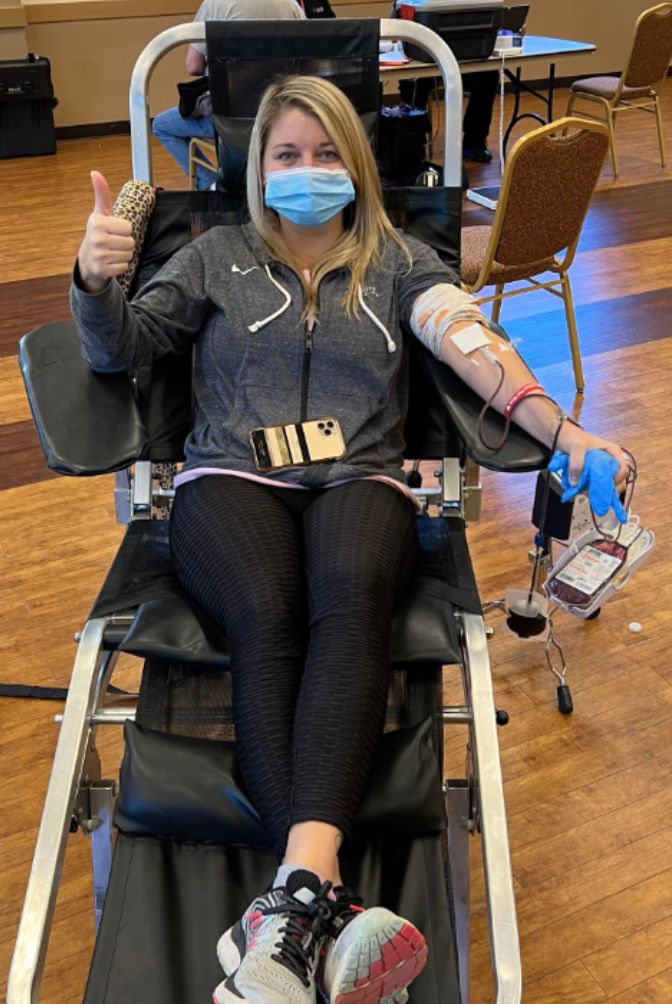
Every muscle in my chest tightened, making it suddenly impossible to breathe. Somehow I had been able to remain strong for her for the week we’d already spent in hospice, the months I had just spent by her side at the hospital, and the last eight years of watching her fight this battle with complete grace.
But now, hearing these six soft-spoken words completely broke me.
I was determined not to let Kim hear me trying not to cry, so I pressed my hand over my mouth and nose and held it there firmly.
By the time I pulled myself together, Kim was asleep again. I quietly slipped out of her room and walked to the visitors’ lounge where my family had set up a temporary home. There, we had watched other families rotate in and out of the hospice center while we waited for the agonisingly long process of dying to come to an end for Kim.
I found Kathleen. She tried to gauge how my conversation with Kim had gone by the look on my face.
“She said she’ll try,” I told her.
Kathleen just nodded and we walked together back toward Kim’s room. We were diligent about making sure she was never alone.
Kathleen took a seat beside Kim’s bed. I quickly changed into my pyamas and washed up for bed. When I returned to the room, we sat in silence as we watched Kim sleep — something we had gotten used to doing over the last four months.
I checked my phone occasionally, and when I saw it was 11:57 p.m., I didn’t take my eyes off of it until I saw it was midnight. I softly cleared my throat to get Kathleen’s attention.
I held up my phone.
“March 1,” I whispered.
We shared a look of subtle disappointment. I shrugged my shoulders and leaned back in my chair in hopes of getting some sleep. I didn’t know then that the conversation I had with Kim about leap day would be our very last.
The next morning, Kim could barely stay conscious.
By March 2, she was no longer waking up.
And on March 3, Kim left us — 40 years too early. And three days too late.
Five days later, over five hundred people came out to donate blood in Kim’s memory, setting the Illinois state record for largest single-day single-location blood drive, a record that A Pint For Kim has broken every year since.
Kristyn Jo Benedyk is an award-winning filmmaker and playwright who recently turned to prose writing and completed her first novel. She teaches writing and storytelling at Elmhurst University where she runs their digital media program. Kristyn also runs A Pint For Kim along with her cousin Caroline and serves as an advisory board member on multiple nonprofits, including The Base Chicago and Versiti Blood Centers. Her most important role is aunt, and she currently lives in Naperville, Illinois, to remain close to her nephews and the rest of her family. You can learn more about A Pint For Kim at www.apintforkim.com, on Instagram @apintforkim.com, or on Facebook.